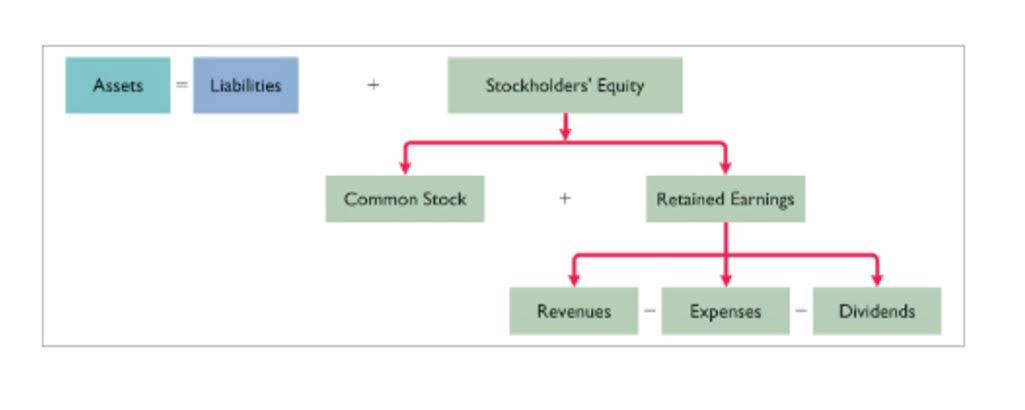
Contra revenue accounts reduce revenue accounts and have a debit balance. Contra asset accounts include allowance for doubtful accounts and accumulated depreciation. Contra asset accounts are recorded with a credit balance that decreases the balance of an asset. A key example of contra liabilities includes discounts on notes or bonds payable. Contra liability accounts are not as popular as contra asset accounts. Contra asset accounts include allowance for doubtful accounts and the accumulated depreciation.

Main Elements of Financial Statements: Assets, Liabilities, Equity, Revenues, Expenses
- The account Allowance for Doubtful Account is credited when the account Bad Debts Expense is debited under the allowance method.
- Contra liability, equity, and revenue accounts have natural debit balances.
- Examples of fixed assets include buildings, machinery, office equipment, furniture, vehicles, etc.
- Contra Accounts serve as a reduction to the balance of their corresponding accounts to find their net values.
- For example, a bond with a principal amount of $1,000 may be sold for only $950.
However, the fundamental principle is that the contra account is used to offset the related main account, providing a more nuanced view of the company’s financial position. This type of reporting allows anyone analyzing the balance sheet to understand much more about the company and its assets than if they were to simply look at the net value of the depreciated asset. By reflecting both accounts on the balance sheet, analysts can understand both the original contra account price and the total decrease in value of a certain asset over time. A contra account is a general ledger account with a balance that is opposite of the normal balance for that account classification. The use of a contra account allows a company to report the original amount and also report a reduction so that the net amount will also be reported. The net amount is often referred to as the carrying amount or perhaps the net realizable amount.

Related AccountingTools Courses
Although contra-asset accounts have credit balances, they do not appear in liabilities or equity. Usually, credit balances include items from one of those two natures. The contra accounts will be grouped in the same category on the balance sheet or income statement as their related accounts. Generally speaking, the use of contra accounts is to ensure their related accounts stay clean and to keep track of historical cost easier. The contra equity account treasury stock is reported right on the balance sheet. Home Depot has repurchased more than $72 billion of stock to date, with around $7 billion coming during this accounting period.
Contra Asset
An example of a contra liability account is the bond discount account, which offsets the bond payable account. A contra liability account is not classified as a liability, since it does not represent a future obligation. Examples include accumulated depreciation, sales returns and allowances, and contra equity accounts like treasury stock. This means that entries recorded on the left side of the T-account will increase the asset balance and entries recorded on the right side will decrease it. Contra asset accounts have a balance that is opposite from the regular asset accounts. In other words, a contra asset account maintains a credit balance instead of a debit balance.
- The contra liability account is less common than the contra asset account.
- Both the asset and the corresponding contra asset accounts must be stated clearly in the balance sheet.
- When a contra asset account is first recorded in a journal entry, the offset is to an expense.
- As evident from the table below, each contra account has a parent account whose normal balance is often exactly opposite of the normal balance of the relevant contra account.
Companies that hold inventories for a long time may face accumulating obsolete inventory. Taking the example of CCC again, the company has $50,000 in accounts receivable at year-end of December 31. CCC estimates that 5% of accounts receivable will most likely be unrecoverable.

Although they all aim at reducing the balance of some type of account, it is useful to have some general foundational knowledge of the different types of accounts. Contra asset accounts also help companies keep their general ledgers organized. By recording reductions in a separate account, companies can get better insights into their actual accounts. Contra asset accounts help companies record any reductions to their non-current and current assets.
Contra Liability a/c is not used as frequently as contra asset accounts. It is not classified as a liability since it does not represent a future obligation. Contra liability, equity, and revenue accounts have natural debit balances. These three types of contra accounts are used to reduce liabilities, equity, and revenue which all have natural credit balances.




